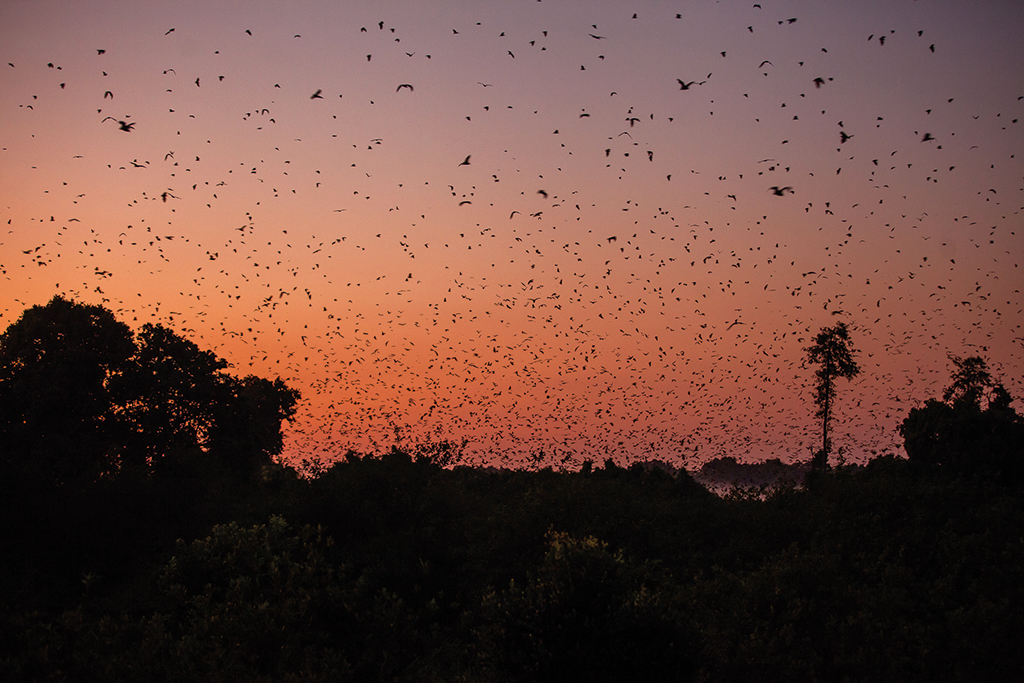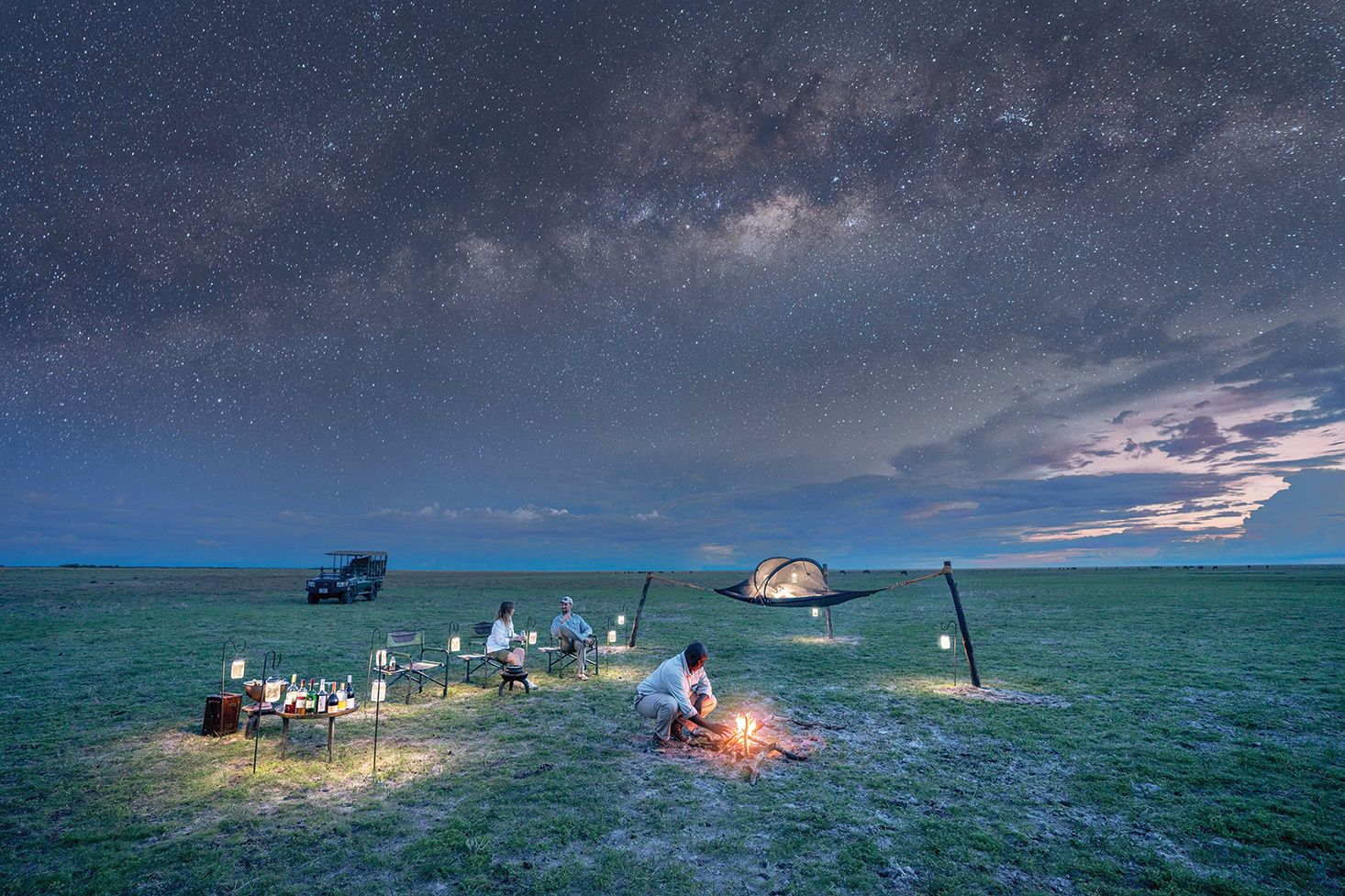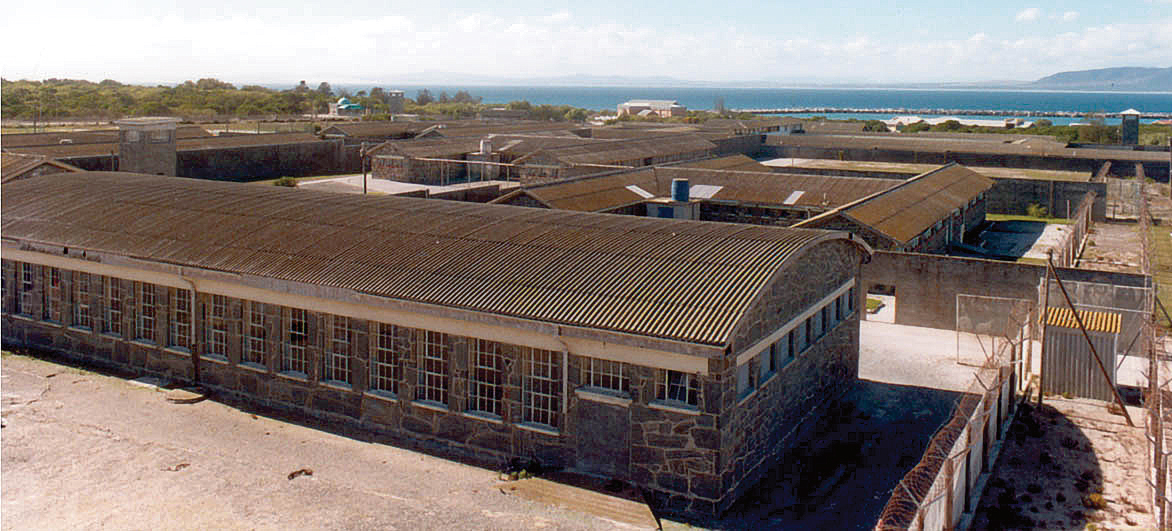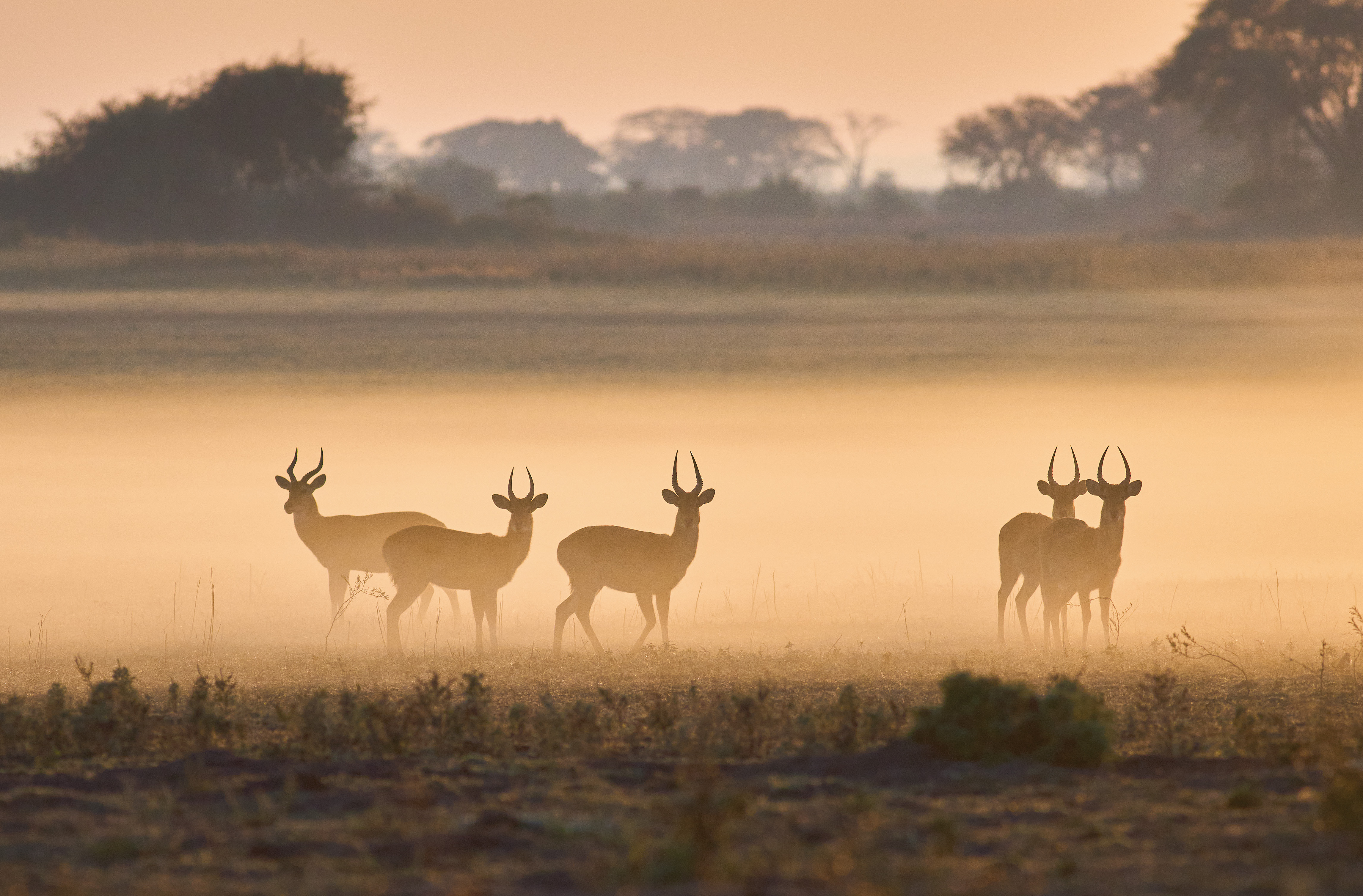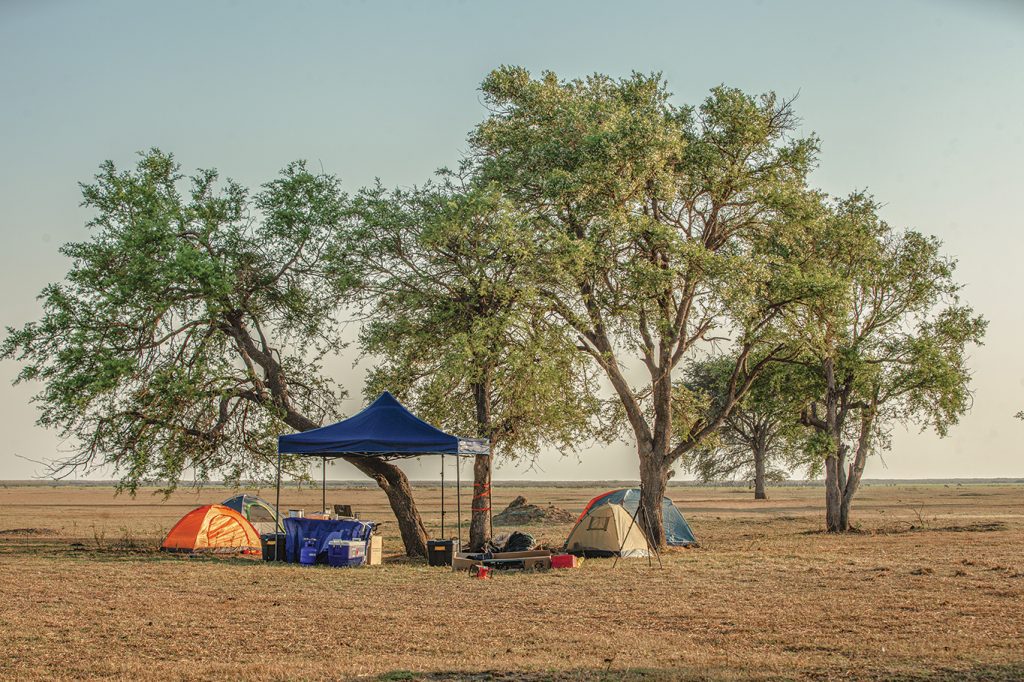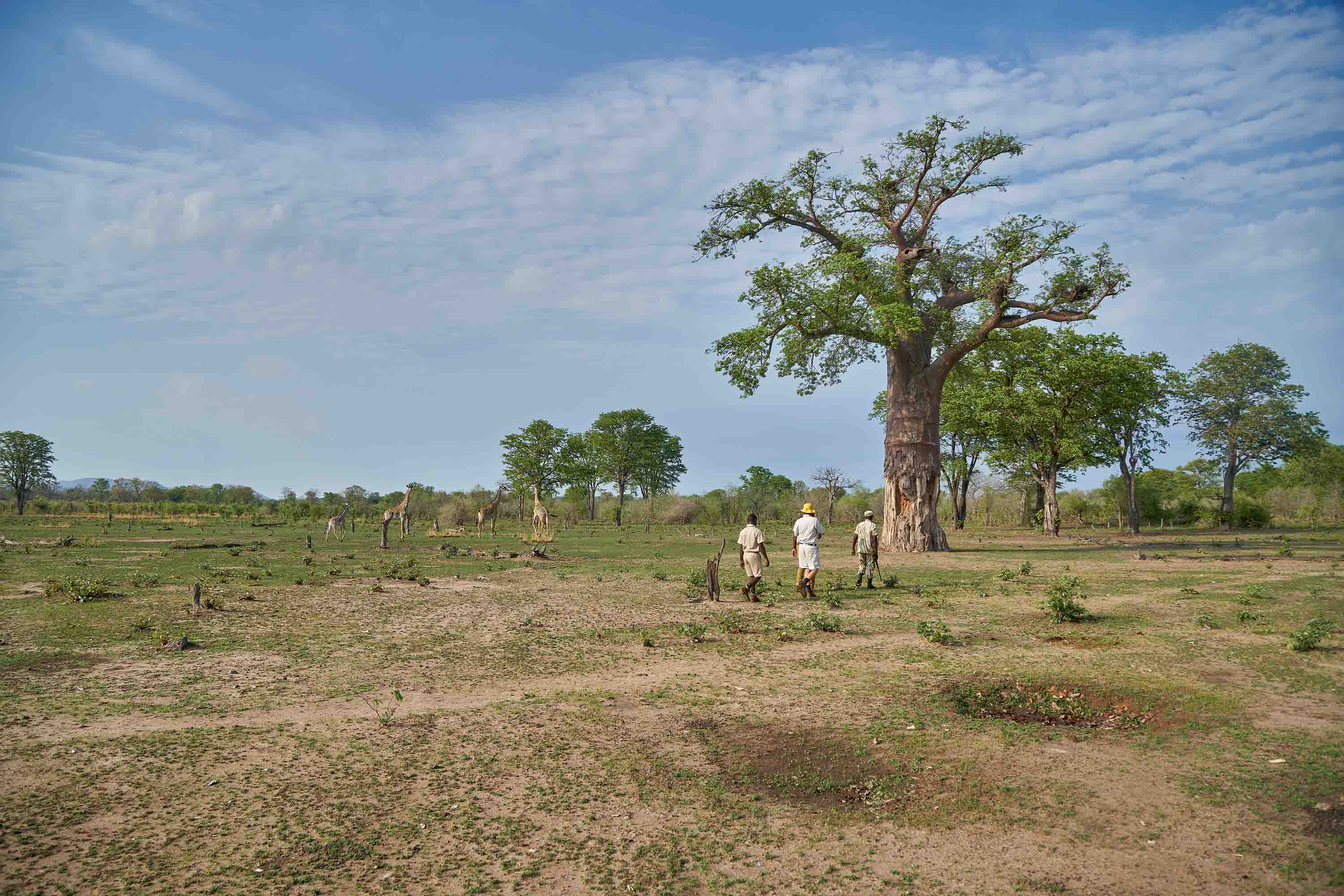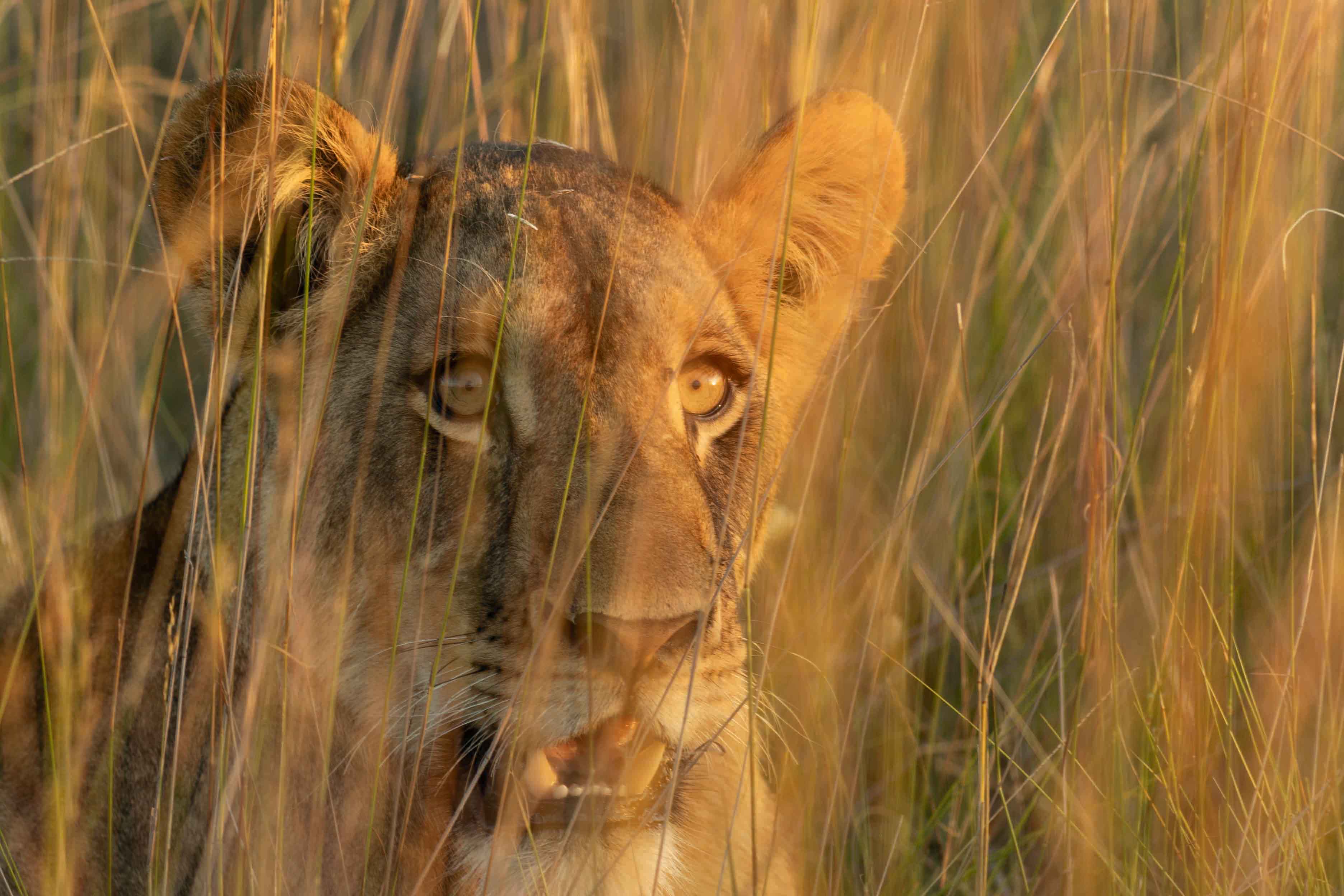One of the things I absolutely love about Zambia is its diversity. On my adventures throughout Zambia, I am constantly blown away by her various cultures, landscapes and impressive biodiversity. Zambia is mother to high plateaus and low valleys, hosts mighty, fast-flowing rivers and is blessed with phenomenal abundant wildlife. It is, therefore, no surprise that when you zoom into almost any geographical area in the country, the result is little glimpses of paradise. Kasanka National Park is a prime example of this.

At only 390 km2, Kasanka is one of the country’s smallest, most beautiful and most highly ecologically significant areas. It borrows its name from the Kasanka River, one of five rivers that meander through the lush vegetation feeding the diverse flora and fauna found at the park. Kasanka National Park, one of Zambia’s smallest national parks, is home to the largest mammal migration in the world. The awe-inspiring image of ten million African straw-coloured fruit bats, also nicknamed flying foxes, soaring in the sky against the backdrop of the golden brown sunset will remain forever etched in my memory.
I left my home in Lusaka at 4 in the morning, linked up with Lizu, our talented photographer, and headed onto the Great North Road. I always aim to be on my way before 5 am to avoid the frantic Lusaka build-up, which would otherwise add an hour or two to your journey. Extreme care and caution must be taken between Lusaka and Kapiri Mposhi, where the road is in a bad state.
As we drove on the last stretch to Kasanka, we noticed young boys and girls selling mangoes, wild loquats, mushrooms and caterpillars along the side of the road. Seasonal forest delicacies indicate that the surrounding forests have become alive after a long, hot, dry season. This was also a good sign that the bats had arrived. The closer we got, the greater the excitement; every kilometre we drove further away from Lusaka brought us closer to an experience of a lifetime. After about 500km and eight hours of driving, we were finally at the Kasanka National Park entrance. It was a short 12km drive from the gate on a well-maintained gravel road to Wasa Lodge.
Wasa is the main lodge and reception area of Kasanka. It’s a rustic lodge that blends perfectly into its surroundings overlooking the picturesque Wasa lake. We met the enthusiastic Kasanka team at Wasa, who ran us through our action-packed itinerary. The team then handed us a detailed map and clear directions to our accommodations at Luwombwa Lodge, which was a further 37km from Wasa lodge. After a quick time check, it dawned on us that we would arrive at Luwombwa after nightfall.
We were so eager to make it to Luwombwa Lodge before nightfall that we almost missed the spectacle unravelling above the canopy of the Miombo woodland. As the sun was setting, we got our first glimpse of the famous bats of Kasanka. We stopped the vehicle and stepped out to witness the magic overhead. We still needed to learn where they had come from, where they were going or how many they were. However, those details didn’t matter because time stood still, and I fell in love with Zambia all over again. Before us, the vast marshland containing pockets of photogenic pukus were perfectly complimented by the warm light of the setting sun. Above them, the silhouettes of millions of bats crossing the evening sky to forage could only be described as something from a fictional tale. Moments later, darkness began to creep in as if to awaken me from a dream and to remind me to snap out of it and keep going. We got back into the car and continued our drive to Luwombwa, where we were received by Brian and Justin, who ushered us into our accommodation. After a quick supper, exhausted, I collapsed onto my bed and succumbed to slumber.

Awakened by my alarm at 2:40 am, I opened my eyes to the pitch-black darkness of the early hours of the morning. I was temporarily disoriented, unsure of where I was. It was almost as if my body had woken up split seconds before my mind. Once fully conscious, I quickly jumped into the shower, grabbed my notepad and sped towards the vehicle. Lizu joined me a few minutes later. Just before 3 am, we headed to Pontoon Camp, where we were supposed to meet our guide and Department of Parks and Wildlife (DNPW) armed scout. The drive to Pontoon Camp took about 40 minutes; we arrived at our destination, killed the engine and waited. We heard and saw nothing. No guide, no armed scout. I drove a few meters down the road a few minutes later to ensure we were at the right rendezvous. Just then, out of the darkness, a short, dark, eerie figure draped in what appeared to be a white dress flagged us down to a halt. I was scared until I realised that what I was looking at was not a ghost but the caretaker of the pontoon campsite who must have grabbed his bedsheet in a hurry as he ran out the door to deliver a message he had received over the radio. “I have a message for you. They said they are on the way, they will be here soon.”

As promised, a few moments later, our guide and DNPW scout arrived and led us to our hide in Mushitu Forest, where we would get a bird’s eye view of the bats as they came in. We navigated through palm trees, marshland and under overhanging branches of the forest to get to our hide. After a short climb, we stood above the canopy, at eye level with the numerous bats. We didn’t have to wait long before the sun began to rise.
In the early light, a thick cloud of morning mist was hovering above the grass, stretching as far as the eye could see. In the sky above, the bats of Kasanka were beginning to make their way into the forest. At this moment, our highly knowledgeable guide Simon, who had only engaged in small talk with us, began to enlighten us with his wealth of knowledge. He tells us that an ever-increasing population of straw-coloured fruit bats annually migrate from East Africa and the Congo to the 40 hectares of forest within the Kasanka National Park. Last year an estimated 10 to 12 million fruit bats visited Kasanka. “They follow the temperature, moisture and seasonal fruits,” Simon explains.

As the sun climbs the morning sky, more bats make their way into the forest before us. “The bats are here from mid-October to mid-December,” Simon explains. “But they were here much earlier last year. The first batch arrived on the 24th of September,” he added. At this moment, the bats numbered in their millions, and the sound emitted by their flapping wings was astounding. Simon explains that the bats return to the forest at sunrise and leave at sunset to feed, flying an average of 100km every night in search of mangoes, guavas, avocados, bananas, water berries and amasuku. The more facts Simon shared, the more fascinated I became. He shared that the fruit bats have an average wingspan of about 80cm and hang upside-down in clusters of 30 to 50. “Sometimes the branch that the cluster is hanging on snaps, and the bats fall into the river below, where hungry crocodiles await them,” Simon says. Other animals that prey on bats are eagles, pythons, leopards, crocodiles and opportunistic vultures. Now swirling directly above us, the bats make their way into the forest below. We follow their descent and continue exploring Kasanka. At that point, I thought I had witnessed all that Kasanka had to offer. That couldn’t have been further from the truth. Kasanka is a birder’s paradise, home to a recorded number of 473 bird species. If birding is not your cup of tea, you could explore the park by land with a game drive or water in a motorboat, canoe or kayak.

On the way back to Luwombwa, we made two stops. Firstly, to Vivienne’s Hide, near Pontoon Campsite, to catch a glimpse of the elusive Sitatunga, and aquatic antelope found in the papyrus and reed filed marshlands of Kasanka. Luckily for us, we were able to spot a couple hiding in the reeds near the campsite, not too far from where we were. Our second stop was near the forest known as Bufumu. This mythical forest is believed to be the resting place of the chiefs of the land. Bufumu is located many kilometres away by moving toward the “Big Tree,” an impressive 65-metre tall wooden banana tree, which is believed to be the tallest tree in Zambia. The banana tree is protected because of its location in the sacred forest. After our short tour of the sacred forest, we returned to Luwombwa to continue our itinerary.
Back at Luwombwa Lodge, we were ready for the next adventure, the water activities! We zoomed down along the Luwombwa River, all the while being serenaded by the plethora of birds singing. Simon, an expert on Kasanka, helped point out the different species of birds. We spotted a giant kingfisher, pied kingfishers, and Bohm’s bee-eaters. My absolute highlight on the river was being able to solo kayak along the Luwombwa River. It was a nostalgic moment as it took me back many years to the six years I worked as a kayak instructor.
Later in the evening, Simon took us to the Kinda Research Camp, where the Kinda Baboon Project has conducted field studies since 2010, tracking individual baboons and recording their behaviours. The project’s mission is to create a long-term field study of the little-known kinda baboon while providing capacity building in science education to the surrounding communities, empowering young women and public awareness of wildlife conservation.

As evening approached, we quickly made our way to Fibwe tree hide for our final and most spectacular Kasanka bat experience. Each bat-viewing experience was a marvel but the evening experience was the most stunning. Sitting on the low benches, right under the bats, with the river right behind me, was an exhilarating experience. At one point, I decided to lie on the ground and look directly up at the cloud of bats moving in imperfect unison.
Moments later, I met two elderly South African tourists full of life and humour, who seemed hell-bent on entertaining us with their witty sense of humour. However, they stood in complete silence every now and then, awe-struck at the majesty unfolding before them. I overheard one of the tourists ask Simon, “Do you know how they count the bats?” A curious-sounding Simon responds, “How?” The old man replied, “By counting all the wings in the sky and dividing them by two.” With that, we all burst out laughing.
As the sun was setting behind the forest in the distance, I couldn’t help but feel special knowing I was among the few who had witnessed this glorious jaw-dropping spectacle.
Images by Kalichi Pictures
